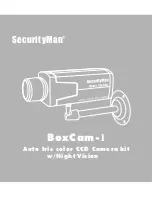
Tel: 886.909 602 109 Email: [email protected]
24
3) Keep the coupling position as far away from the end as possible, and do not place
the ground wire into the clamp.
4) The coupling effect of the running cable is better than that of the non-running cable,
and the running cable can be coupled and signal.
2. Coupled signal application (transmitter)
1) The four-core air head attached to the coupling clamp is connected with the
four-core air seat on the clamp body, and the multi-core air head is connected with the
multi-core air base of the transmitter, and the connection between the coupling clamp
and the transmitter is completed.
2) Place the coupling clamp on the exposed point of the tested cable. This point is the
signal application point, and the tongs must be closed.
3) Press the power switch and select the appropriate frequency and power. The
recommended frequency is high frequency, the power is selected high, when the
concentric circle icon in the right lower part of the liquid crystal starts to move, it
indicates that the transmitter has stabilized.
3. Signal search and tracking (receiver)
Same as upper section, signal search and tracking.
4.1.3 Radiation-induced detection path (known to be buried at a certain point
and known at this point)
1. Induction conditions
1) The two ends of the cable must be connected or connected to the ground.
2) The location of the transmitter requires that the sensing test line should be aligned
with the cable.
3) The buried depth shall not be greater than 10 meters.
2. The induction signal is applied
Press the power switch of the transmitter, and select high frequency or rf power. When










































